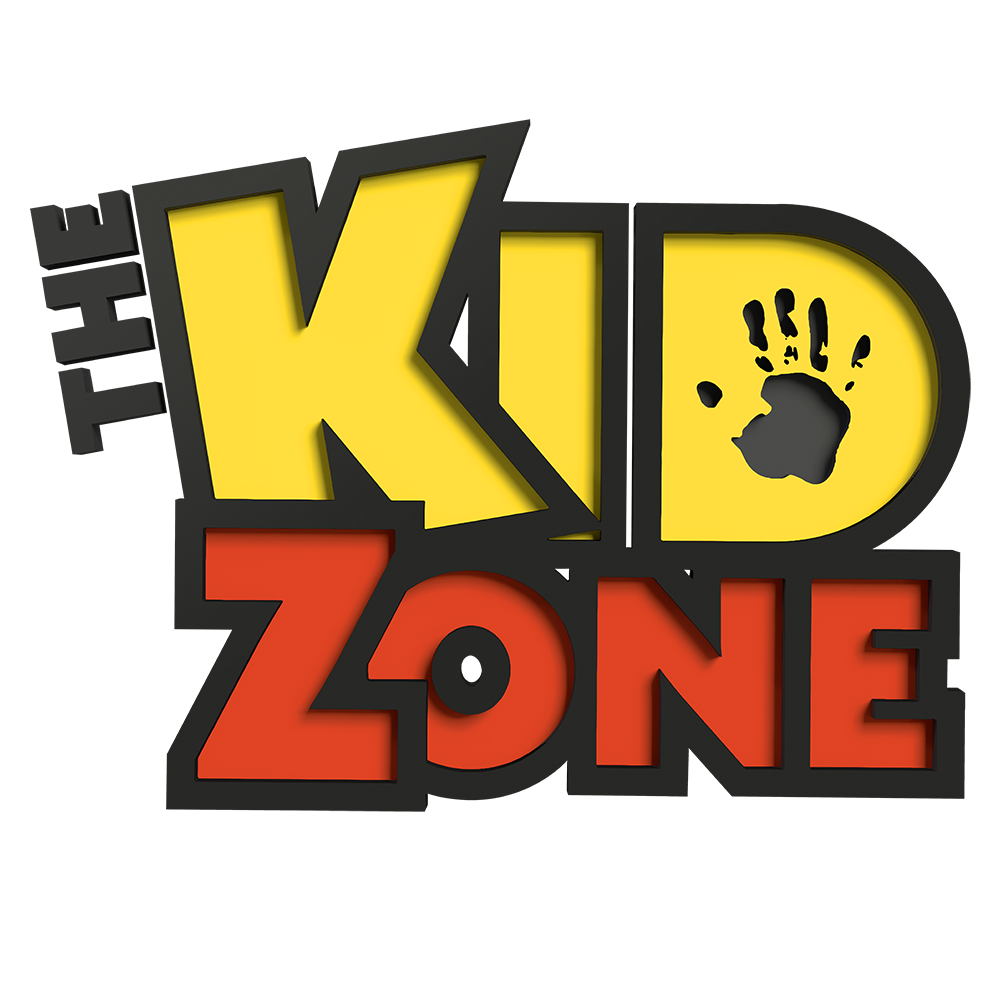

It’s a fun way to practice the skills covered by the Zones. Kids can act out different situations during the game, demonstrate coping strategies, and even have a little fun acting out negative reactions. Kids have to choose an effective coping strategy to use, rather than negatively reacting to the trigger (bait). This game helps children learn to identify their triggers. They played this game at school as part of their Zones of Regulation curriculum.

It includes:ĭon’t Take The Bait is a game that I first played with my own kids after my son brought it home from school. This package is available from Teachers Pay Teachers. FEEL-mometer – measuring intensity of feelings ( $5 value)Īnger & Sadness Booklet 7.Expressing feelings with I statements, lesson, and activity ( $5 value).Time & Space lesson and discussion ( $3 value).Using Self-control script and STOP strategy ( $3 value).Coping Skills for Anger and sadness ( $6 value).Feeling grumpy social script ( $4 value).Social scripts, lessons, discussion questions, and activities related to coping with anger and sadness. It creates an opportunity to open a conversation around sadness, where you can reinforce that sadness is normal, temporary, and they can share that feeling with you safely. This coloring activity helps get kids thinking about some of the hard feelings associated with sadness that they may feel too vulnerable to share aloud with others. It may be because they don’t really know what’s going on inside them. When I Feel SadĪ lot of times when children feel sad, they actually behave angrily. There are no right or wrong answers, everyone experiences anger differently, and this helps your child be more aware of what happens to them when they’re in the red zone.
KIDS ZONE GRAPHIC FREE
Go through each of the anger cues on the free printable with your child, and if they feel that the statement is true for them when they’re angry, color it red. Still, there are some pretty common responses, and we all experience some of them. Not everyone has the same physiological response to anger. Help your child recognize what angry (red zone) feels like in their body. You can print the Zones Bingo from the official Zones website here. I love this activity because it helps kids using boardmaker visuals (often children with autism) become familiar with the symbols for various emotions.

Zones Bingo from The Zones of Regulation has been adapted by Alex Hirsh for students familiar with Boardmaker® feelings visuals. This game helps children with perspective-taking and encourages them to pay attention to and recognize how other people are feeling. Then they should place the image on top of the correct color zone. The goal of the game is for your child to analyze the character’s face to determine which zone they’re in. This game is a lot like the first game, only this time there are different images on the cards of various characters’ faces. There are no right or wrong answers in the game, the sole purpose is to get children thinking about the zones and about their feelings. Get your child to choose a card, read it, and then place it on top of the color zone that they think they would be in if the scenario happened to them. There are 30 cards, each with a different scenario on it and a main matching page with the four zones, and instructions. This is a simple, printable matching game to help children think about the zones. It contains all the freebies in the list, but you’ll also find some free printables exclusive to this bundle, such as “size of the problem” activities, and two different visuals of the four zones. I created this 22-page bundle of free zones of regulation printables to make it a bit simpler for people downloading a lot of items from this list. These Zones of Regulation activities and printables all support the learning objectives above.
KIDS ZONE GRAPHIC HOW TO
How to recognize what zone others are in.What triggers are cause you to move out of the green zone.What the four zones are and which emotions belong to each zone.There are a few main components to the Zones that your child should learn sequentially to be successful. If the Zones of Regulation is new to you, make sure you read this overview of the Zones for parents, first. These Zones of Regulation activities and printables will help you do just that. The key to successfully teaching the Zones of Regulation is to spend lots of time solidifying the Zones concepts through repetition and play-based learning activities.


 0 kommentar(er)
0 kommentar(er)
